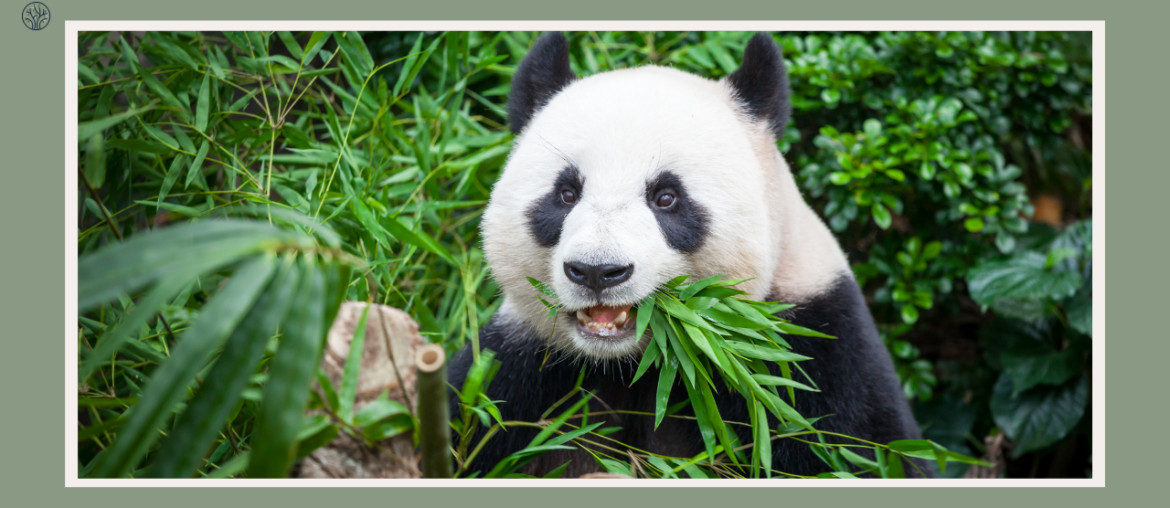Deforestation is not just about cutting down trees; it’s a complex issue that has far-reaching implications for the planet’s biodiversity, particularly the animals that call these forests home. So, how does deforestation affect animals?
Understanding Deforestation: Causes and Consequences
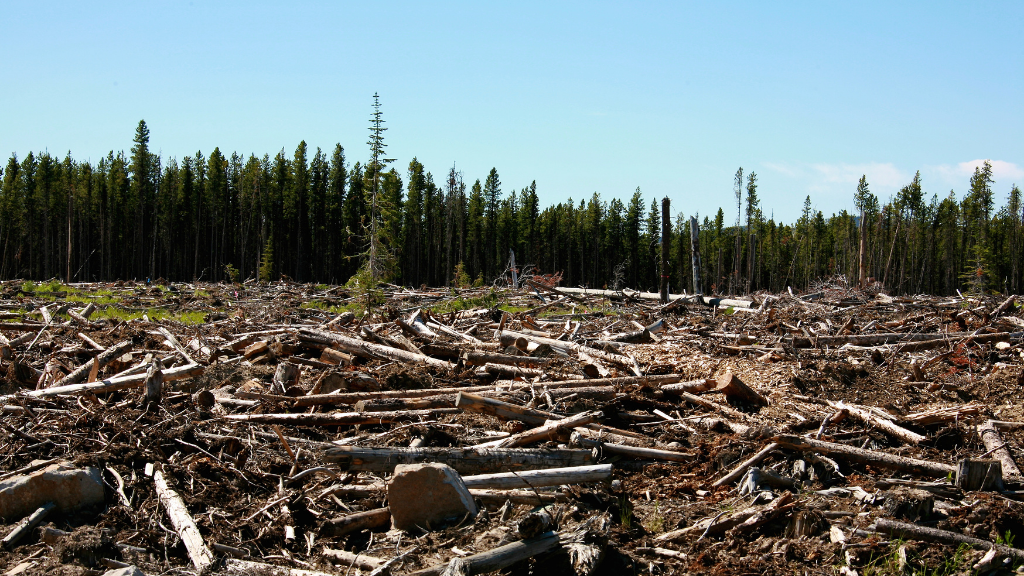
What Leads to Deforestation?
Deforestation is primarily the result of human activities aimed at making way for economic opportunities. These activities range from agricultural expansion, such as croplands and cattle grazing, to commercial logging and urban development.
While it’s easy to point fingers at illegal logging, which accounts for a significant portion of deforestation in regions like Central Africa, Southeast Asia, and the Amazon, the problem is more nuanced. Natural disasters like hurricanes, floods, and forest fires also contribute to the degradation of forests, albeit to a lesser extent compared to human-induced causes.
The Economic Perspective of Deforestation
From an economic standpoint, deforestation often appears as a short-term solution to more significant problems like poverty and debt. Developing nations, particularly those rich in natural resources, are exploiting their forests to pay off debts and fuel economic growth.
For instance, the competitive global economy pushes poorer countries to sell off their natural resources, including forests, to wealthier nations. This economic pressure is further growing global demand for timber and agricultural land, making deforestation a seemingly unavoidable choice for many communities.
How Does Deforestation Affect Animals?
Habitat Loss and Fragmentation
Deforestation is essentially the removal of trees and other flora from a specific area, often to make way for human activities like agriculture or urban development. How exactly does deforestation affect animals?
Forests are intricate ecosystems that provide food, shelter, and breeding grounds for a diverse range of animals. When these forests are cut down or degraded, animals face the loss of their homes and the fragmentation of their habitats.
Fragmentation creates isolated “islands” of habitat, making it difficult for animals to find food, water, or even mates for breeding. This isolation can lead to “inbreeding depression,” where a lack of genetic diversity can result in weakened populations more susceptible to diseases and lower rates of survival.
Moreover, animals are forced to venture out of these fragments, often leading them into dangerous territories, including human settlements, where they are at risk of conflict, capture, or even death.
Life-Threatening Situations
Forests serve as natural buffers against various types of natural disasters, including floods and landslides. Their roots hold the soil together, preventing erosion and reducing the severity of these events. When we cut down forests, the land becomes more susceptible to such disasters.
For animals, deforestation means an increased risk of being caught in life-threatening situations like floods or being trapped in areas hit by landslides. Moreover, the loss of forests can lead to changes in local hydrological cycles, increasing the risk of droughts that can further endanger both plant and animal life.
The direct effects of deforestation on animals are both immediate and devastating, leading to a cascade of problems that impact not just individual species but entire ecosystems.
The Indirect Consequences for Wildlife
Increased Predation and Human-Wildlife Conflicts
While the direct effects of deforestation are devastating enough, the indirect consequences can be equally harmful. One such repercussion is increased predation.
As forests shrink, predators and prey are forced into closer proximity, often leading to higher rates of predation. This can accelerate the decline of already vulnerable species and disrupt the natural balance of ecosystems.
But it’s not just animal-on-animal predation that’s a concern. The loss of natural habitats often pushes wildlife into human-occupied areas in search of food and shelter, leading to increased human-wildlife conflicts. Whether it’s bears rummaging through garbage, deer grazing on crops, or large predators like wolves and big cats coming into direct conflict with humans, the outcomes are rarely positive for the animals. These conflicts can result in the capture or killing of the animals, further reducing their numbers and contributing to their decline.
Starvation and Food Chain Disruption
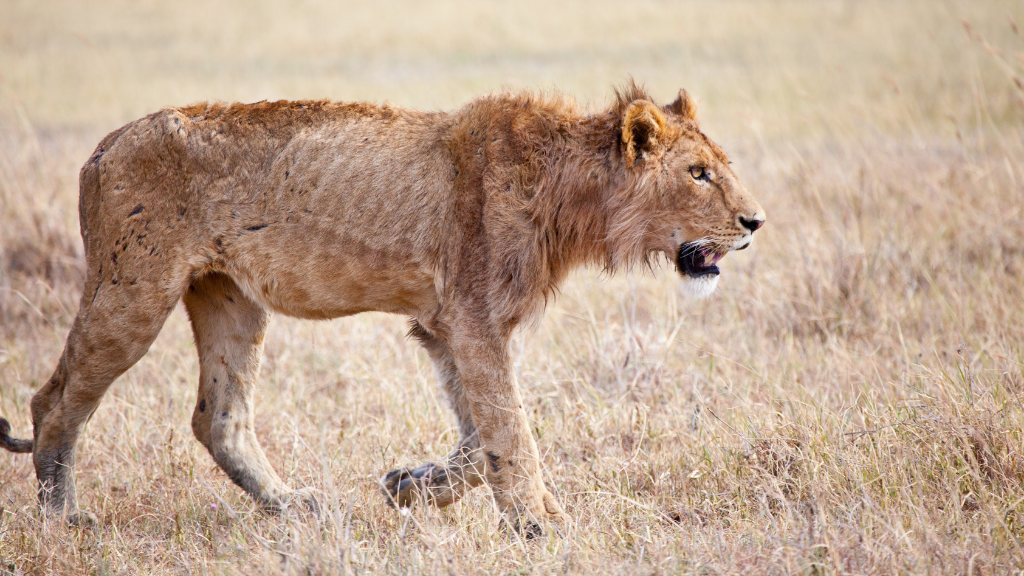
The loss of forests doesn’t just mean the loss of habitat; it also means the loss of food sources. Plants form the base of most food chains, and their removal has a domino effect that ripples through the entire ecosystem. Herbivores lose their primary food source, leading to starvation and population decline. This, in turn, affects the carnivores that prey on them, leading to similar declines in their numbers as well.
Moreover, the fragmentation of habitats can lead to “ecological traps,” where animals are lured into areas that appear suitable but are actually poor in resources. These traps can lead to localized starvation, as animals find themselves in areas unable to support their nutritional needs.
The disruption of food chains can also lead to “trophic cascades,” where the removal or decline of one species leads to unforeseen and often detrimental changes in the entire ecosystem. For example, the decline of a top predator can lead to an increase in the populations of smaller predators, which can then decimate populations of smaller animals and plants, leading to further imbalances.
The indirect consequences of deforestation are complex and interconnected, affecting not just individual species but the health and balance of entire ecosystems.
Top Animals At Risk
Deforestation doesn’t discriminate; it affects all forms of life in a forest ecosystem. However, some animals are more vulnerable than others, particularly those that have very specific habitat requirements. Yet, how does deforestation affect these animals?
Orangutans
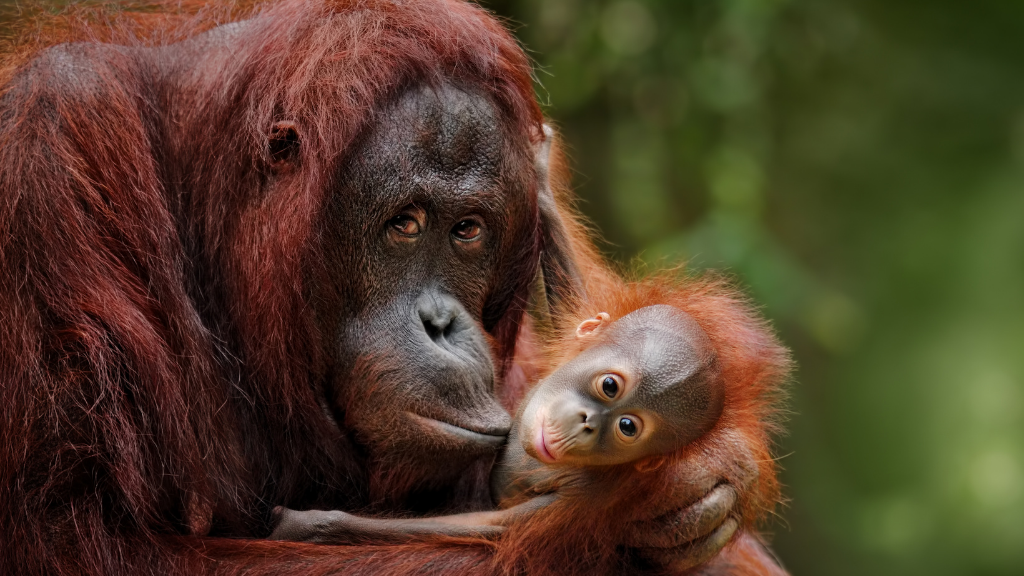
Orangutans, primarily found in the rainforests of Borneo and Sumatra, are critically endangered due to habitat loss and illegal hunting. The clearing of forests for palm oil plantations has been particularly devastating for these intelligent primates.
Amazonian Jaguars
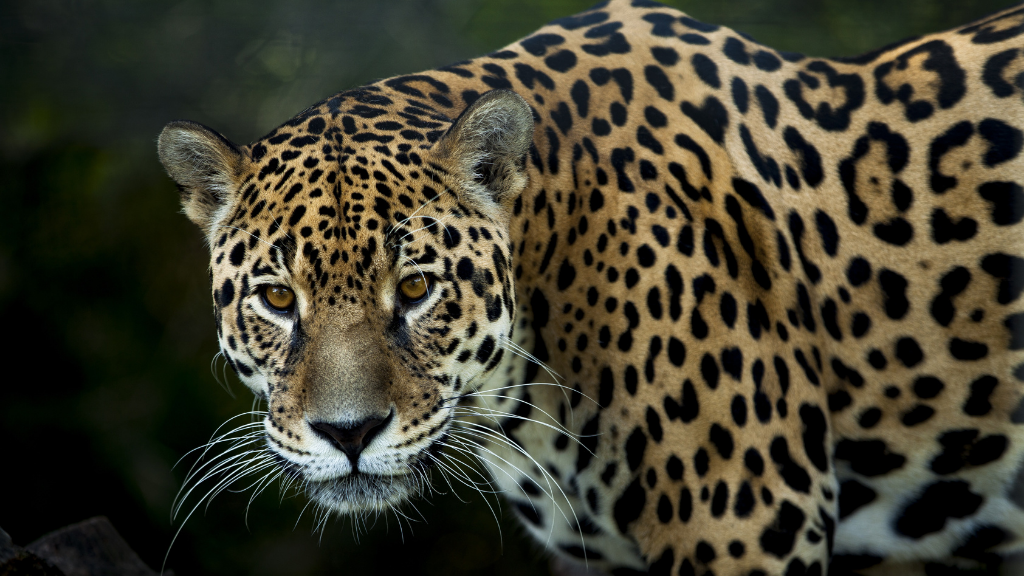
The Amazonian Jaguar is another species severely impacted by deforestation. As the Amazon rainforest shrinks, these majestic cats lose their homes and their prey, pushing them closer to extinction.
Sumatran Tigers
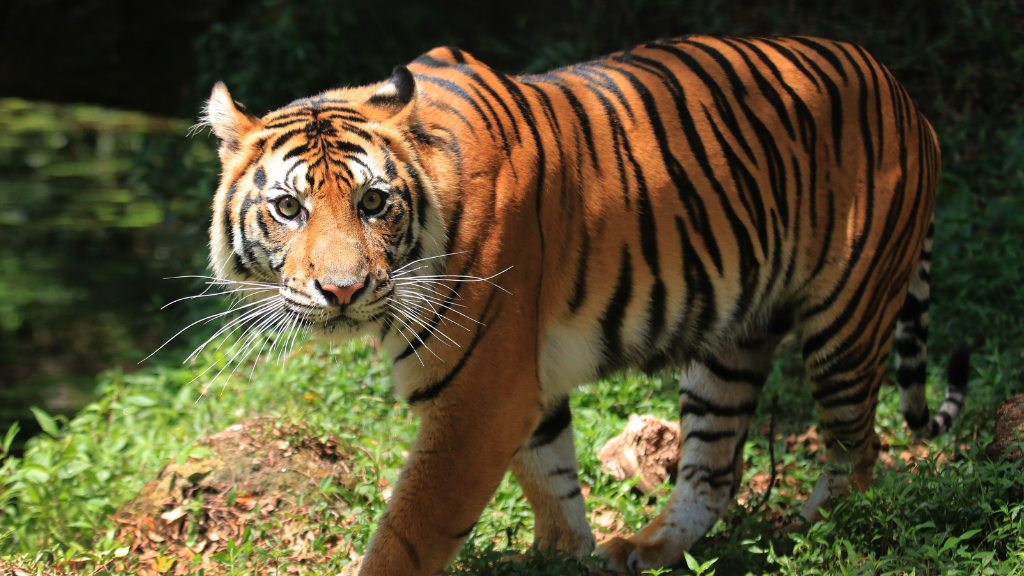
Sumatran Tigers are on the brink of extinction with fewer than 400 individuals in the wild. Rampant deforestation and poaching for their body parts are the main threats they face.
African Elephants
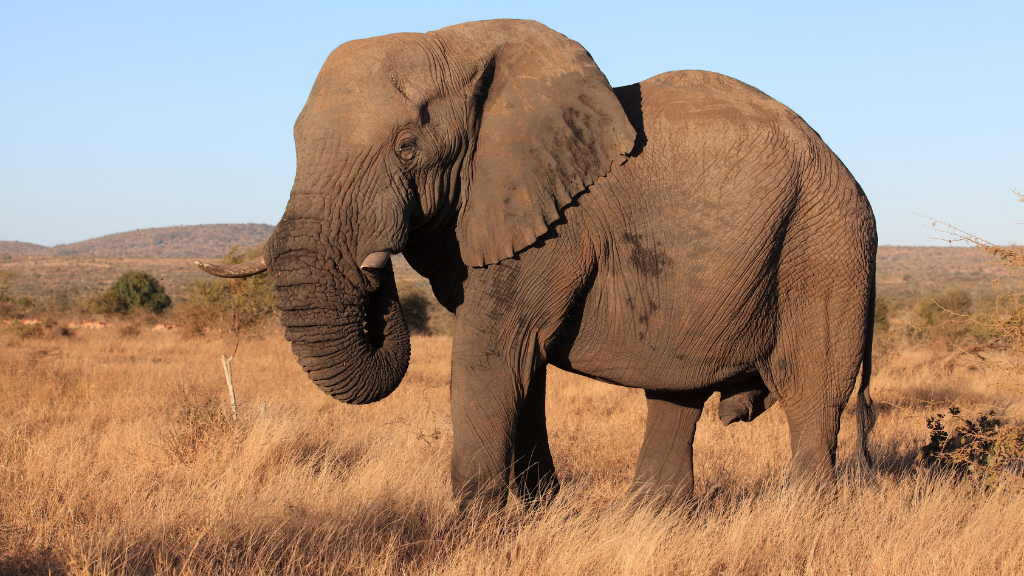
African Elephants are losing their habitats due to expanding human settlements and agriculture. The loss of forests also makes it easier for poachers to hunt these magnificent creatures.
Mountain Gorillas
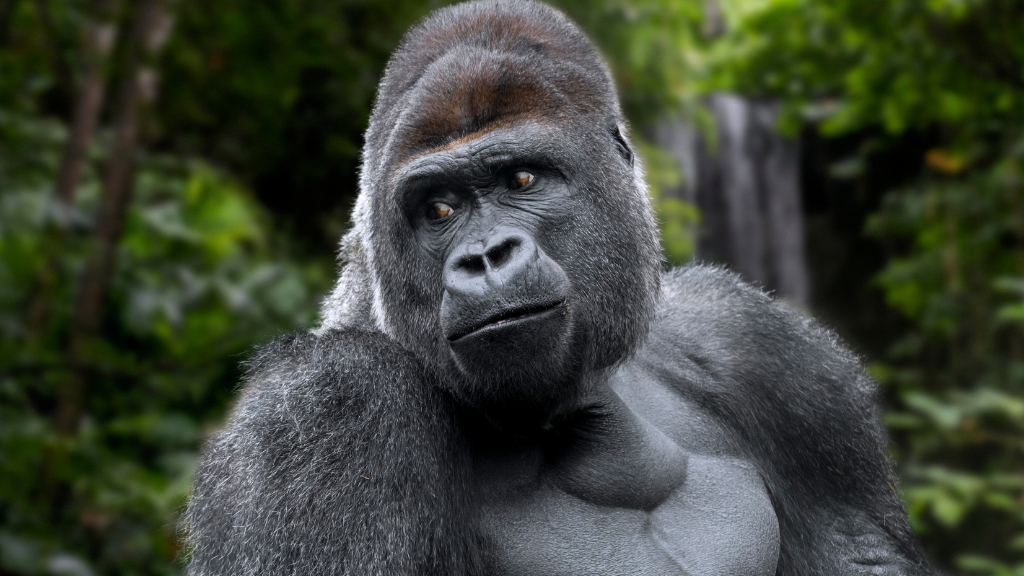
Mountain Gorillas inhabit the forests of Uganda, Rwanda, and the Democratic Republic of Congo. They are critically endangered, largely due to habitat destruction and human conflict.
Biodiversity Loss: Beyond the Obvious
While we often focus on these iconic species, it’s crucial to remember that deforestation events affect far beyond these well-known animals. Plants, insects, and microorganisms also suffer. These smaller and often overlooked forms of life are vital for ecosystem functions like nutrient cycling, decomposition, and even climate regulation.
For instance, fungi and bacteria in the soil help break down organic matter, releasing nutrients that plants need to grow. Insects like bees and butterflies play crucial roles in plant reproduction through pollination. The loss of these “background” species can have just as devastating an impact on ecosystem health as the loss of more charismatic animals.
Moreover, many of these lesser-known species are also important for human well-being, providing services like water purification, disease regulation, and potential sources for new medicines. Their loss could have unforeseen consequences that we are only beginning to understand.
The loss of biodiversity is not just a loss of individual species but a loss of the intricate web of life that sustains us all.
Tackling the Deforestation Crisis
Strategies to Halt Deforestation
The good news is, deforestation is not an insurmountable problem. There are effective strategies to halt and even reverse this environmental crisis. Here are some of the most impactful:
- Reforestation and Afforestation: Planting new trees and restoring degraded lands can help recover lost habitats and sequester carbon dioxide.
- Sustainable Forestry: Implementing sustainable logging practices can help meet the demand for timber without depleting forests.
- Community-Based Conservation: Empowering local communities to manage their own forests can lead to more sustainable outcomes.
- Legal Measures: Strengthening and enforcing laws against illegal logging and land encroachment can deter destructive activities.
- Consumer Awareness: Educating consumers about the impact of their choices, like opting for products made from sustainable sources, can drive demand for responsible practices.
- Technological Solutions: Satellite monitoring, drones, and AI can help authorities keep an eye on deforestation activities in real-time, allowing for quicker interventions.
The Role of Economic Incentives in Conservation
While moral and ethical arguments for conservation are important, economic incentives can often be the most immediate catalyst for change. Here’s how:
- Payment for Ecosystem Services (PES): This involves compensating landowners for maintaining or enhancing natural services like carbon sequestration or biodiversity.
- Eco-Tourism: Promoting eco-friendly tourism can provide local communities with a sustainable income, reducing the need for activities like logging or poaching.
- Green Certifications: You can choose products that have green certifications to make a positive impact on the environment.
- Tax Benefits and Subsidies: Governments can offer tax breaks or subsidies to companies that engage in sustainable practices, making it financially beneficial for them to do so.
- Impact Investing: Investment funds that focus on sustainable and responsible business practices can drive change by directing capital towards more sustainable enterprises.
By aligning economic incentives with conservation goals, we can create a win-win situation where both nature and businesses thrive. This multi-pronged approach, combining both ethical imperatives and financial incentives, offers the best chance for tackling the deforestation crisis effectively.
FAQs
How Many Species Are We Losing Daily Due to Deforestation?
It’s a grim reality that we are losing species at an alarming rate due to deforestation. Estimates suggest that we are losing 137 species of plants and animals every day. These numbers are not just statistics; they represent losses that affect both humans and animals in ways we don’t fully understand yet.
How Does Deforestation Contribute to Global Climate Change?
Deforestation is a double-edged sword when it comes to climate change. On one hand, trees act as carbon sinks, absorbing carbon dioxide from the atmosphere. When these trees are cut down, not only is this vital function lost, but the stored carbon is released back into the atmosphere, exacerbating global warming. Additionally, deforestation often leads to soil degradation, which releases even more carbon. In a nutshell, deforestation is both a cause and an amplifier of climate change.
What Can Individuals Do to Help Combat Deforestation?
You might think that deforestation is too big of an issue for one person to tackle, but individual actions can add up to create a significant impact. Here are some ways you can help:
- Be a Conscious Consumer: Choose products that are certified as sustainably sourced. Look for labels like FSC (Forest Stewardship Council) when buying wood or paper products.
- Reduce, Reuse, Recycle: The less we consume, the less pressure there is on our forests. Make it a habit to recycle and buy products made from recycled materials.
- Support Organizations: Donate to or volunteer with organizations that commit to conservation and sustainable development.
- Spread Awareness: Use your voice and your social media platforms to educate others about the importance of forests and the threats they face.
- Vote with Your Wallet: Support companies that aim at reducing their carbon footprint and are transparent about their sourcing and manufacturing processes.
When you shop with Tenere’s coupons, you are not only saving money but also helping the planet. One purchase can plant a tree where it’s needed.
You can make a difference with your shopping.

